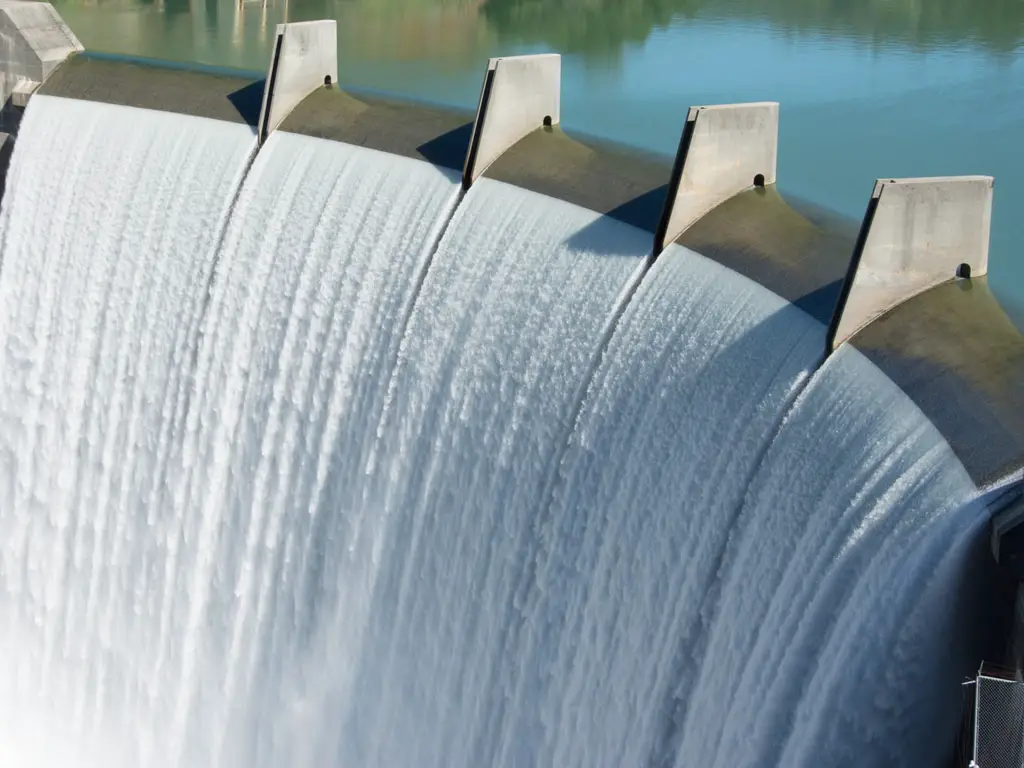In support of Tanzania’s renewable energy ambitions, a $60mln loan has been released for the construction of two new hydropower plants. The loan, which is expected to significantly strengthen energy security in northwest Tanzania, was released by the OFID and partners.
The two hydro-power plants will have a capacity of 80 MW and 87 MW respectively. Additionally, the two power plants are expected to be operational in 2024 and 2030 respectively.
The project will include constructing a 166km overhead transmission line connecting the Kagera region to the national grid. Additionally, the projects will definitely replace the current energy supply from Uganda with local hydropower resources.
Also Read: Deal signed for Kakono Hydropower Project in Tanzania
Importance of the two hydropower plants in Tanzania
Importantly, the construction of the new transmission line will permit Tanzania to reduce its dependence on energy imports. This diversification will enhance energy security and save costs by eliminating the need to pay for imports in foreign currency.
Furthermore, the expansion of hydropower generation will allow the country to shut down expensive and polluting backup thermal power plants. Therefore, leading to a cleaner and cheaper energy sector in Tanzania.
Northwest Tanzania’s Kagera region is one of the country’s poorest, with an average income of less than half the national average. This is according to the National Bureau of Statistics. The improved power supply will allow other sectors to establish themselves in the region and help to fulfil its potential.
Additionally, the projects will boost immensely the economy of the regions. Many jobs will be created directly in the hydropower plants and indirectly in the supporting sectors. Moreover, the hydro-power plants will attract social amenity constructions in the region to boost socio-economic relationships.
For instance, schools, banks and hospitals will be installed in the two regions. The local communities will further benefit from power installations which they can use to trade and set up businesses.

